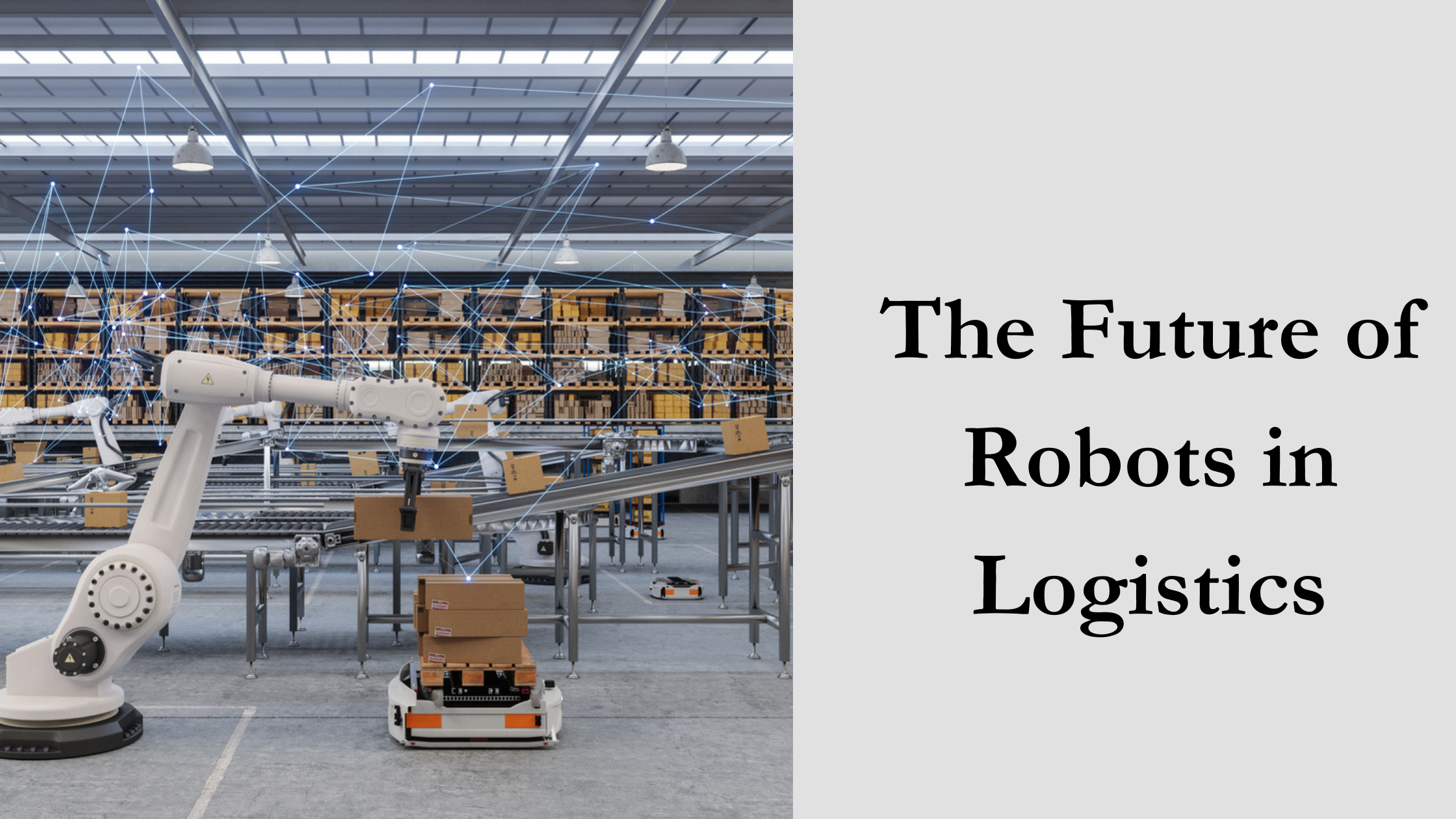Robots in Logistics
The use of AI and robots in many parts of this business is one of the rapidly developing technologies that is having a significant influence on the transportation and logistics sector. Robotics is bringing about a significant transformation, and those who have the means and know-how to put it to use most effectively will benefit from the results.
The supply chain industry is adopting robotics to automate a number of processes, including organization, transportation, storage and inventory management, and delivery.
For information on the top logistics robots that will cause a stir in the transportation and logistics sector in 2024, keep reading this blog.
Top Robot in The Logistics And Transportation Fields
According to a Statista analysis, the logistics sector purchased 158,000 logistics robots in 2024, with a projected increase to 250,000 in 2025.
Now let’s look at the many robot varieties that are about to completely change this industry.
Robotic Warehouse Workers
The warehousing sector of the economy consists of a number of repetitive, process-oriented, and human error-prone processes. By removing the human element from processes like choosing, packaging, putting away, receiving, etc., automation in this industry may make them easier, more accurate, and more productive.Robots save warehouse employees from their most tedious and repetitive activities, increasing staff retention and operational productivity.
They greatly facilitate the moving of big objects inside warehouses and lessen the need for human labor. A variety of warehouse robots, including as automated guided vehicles, automated storage and retrieval systems, and goods-to-people robots, are now available on the market.
All of these robots speed up, streamline, and ensure accuracy in the warehousing process. The robots at the warehouse can pick up and move objects, close and seal boxes, and assist with inventory. These robots are now the most often utilized robots in the transportation and logistics industry.
Automating With Autonomous Vehicles
Regular trucks that are driven by artificial intelligence and machine learning are known as self-driving trucks. Over the past three years, attention has been focused on the swift developments in self-driving truck research and development as the epidemic reemphasized the necessity of these vehicles’ ability to travel without a driver.
Additionally, huge investments were made in e-commerce fulfillment technology and the introduction of autonomous vehicles, according to last year’s developments in logistics. Self-driving trucks will significantly save operating expenses, fuel consumption, and deliver a higher profit margin. Companies are using autonomous vehicles to transport merchandise to specified locations in a number of US states.
The main advantage of autonomous trucks is that they don’t require a driver’s assistance to get from point A to point B. They can thus have a huge positive impact on the road freight sector, which has struggled with a driver shortage for the past two years. By removing the need for human drivers, autonomous trucks would surely boost the road freight industry and assist to prevent supply chain catastrophes brought on by the driver shortage.
Drones Or Robotic Air Vehicles
In the global logistics and transportation sector, the introduction of drones has generated a lot of attention. Transport drones, which have already started to enter the logistics sector, will soon play a crucial role in it. The drone industry is growing and will be there for a very long time. Drones are now being used by logistics organizations to deliver small items and products quickly.
Additionally, the rise of e-commerce has made it possible to deploy drones in logistics. While other businesses work hard to offer comparable services, e-commerce behemoths like Amazon offer their consumers same-day delivery options. However, last-mile deliveries is where drones are used for business the most. Drones significantly reduce the amount of labor needed, which lowers the long-term costs for businesses.
Heavy-duty drones are now available that can transport cargo between warehouses. The ocean freight industry may soon see a significant impact from transport drones. They might aid in streamlining the inspection and evaluation procedure in the maritime freight transportation sector. Drones can even bring value to a number of port activities by monitoring the loading and unloading of cargo. This is a crucial element that will emphasize the function of drones in the logistics and transportation sectors.
A Conclusion
Robotics, artificial intelligence, and machine learning are already being used in logistics, which will lead to rapid economic growth in the years to come.
As a result of these developments, it is now crucial for the transportation and logistics industry to prepare for the future by implementing digitization and educating their personnel to deal with the changes brought on by technology.
Read More: The Future of Smart Speed Bump
Read More: High-Performance Concrete Build Business Case Value
